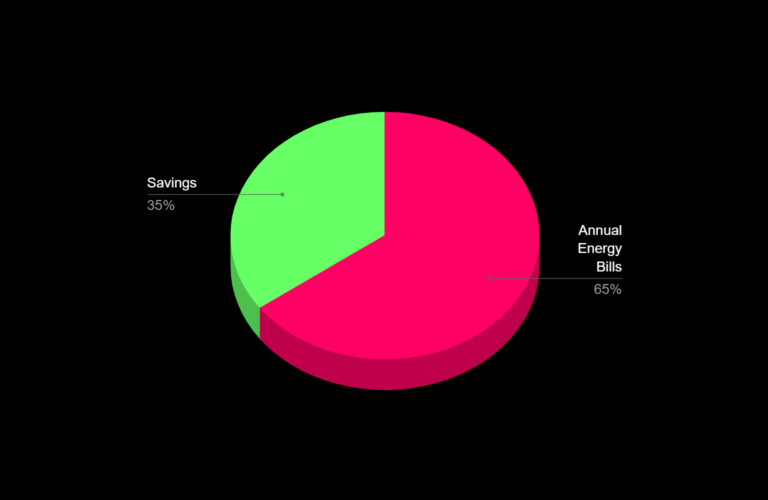Preserving Our Planet
Join the Fight Against Climate Change
Climate Change
A looming Crisis
The reality of climate change is no longer up for debate. Scientific evidence shows that human activities, including the burning of fossil fuels, deforestation, and industrial processes, have led to a rapid increase in greenhouse gas emissions. These gases, such as carbon dioxide, trap heat in the Earth’s atmosphere, causing global temperatures to rise. The consequences are far-reaching and include more frequent and severe heatwaves, melting ice caps, rising sea levels, and erratic weather patterns.

Net Zero
A Definitive path for human activity
Greenhouse gases linger within the atmosphere, as 1/5 of today’s CO2 emissions remain for 10,000 years. Although emissions will persist, we possess methods to capture the carbon they release. Yet, understand that halving emissions wouldn’t fully halt warming; it’s a slowdown, delaying, yet not stopping, a climate crisis. The need to address previous emissions becomes evident, and methane, the key ingredient in stoves, amplifies warming 120 times more than CO2 despite its shorter lifespan.
Within the climate’s choreography, even slight temperature changes bear immense weight. Reflect on the ice age, where temperatures dipped just 6 degrees below current norms. Some regions already face increases exceeding 2 degrees, echoing the shifting patterns.
Today, the path forward aligns with responsibility. With temperatures raised by at least 1 degree Celsius since the industrial era, action holds hope. Emission reduction may cap warming at 1.5 to 3 degrees Celsius by mid-century, averting potential 4 to 8 degrees by century’s close. Energy zero is more than a choice—it embodies our commitment to a sustainable future.

The Current State of Progress
Despite growing awareness, the global community is still grappling to make substantial progress in mitigating climate change. International agreements like the Paris Agreement have set targets to limit global temperature rise, but achieving these goals demands swift and transformative actions from governments, industries, and individuals alike. Transitioning to renewable energy sources, enhancing energy efficiency, and adopting sustainable practices remain essential steps toward achieving these objectives.
Mexico's Climate Policy Backslide
Mexico’s climate policies are regressing, favoring fossil fuel usage while dismantling climate-related policies and institutions. The 2022 NDC update, submitted in November 2022, results in higher emission levels compared to previous targets, violating both the Paris Agreement and Mexican Law commitments. The updated NDC lacks transparency and conceals its lack of ambition by altering forest accounting. Consequently, Mexico’s climate targets and actions are rated ‘Critically insufficient’ by the CAT, worsening from ‘Highly insufficient’.
Despite a higher percentage reduction target, emissions increase due to an upward-revised business-as-usual baseline. The 2022 NDC relies more on emissions sinks from forests. This means meeting the new target could involve higher emissions excluding forestry, compared to the old target.
The 2022 NDC replaces the invalid 2020 update after a court ruling. It lacks specificity about forestry’s contribution to the target. Mexico pursues a ‘gross-net’ approach, using sinks while ignoring sources. The 2022 NDC drops the emissions peak target in 2026 and lacks net-zero or long-term goals.
Under President Lopez Obrador, Mexico’s climate policies prioritize fossil fuels, dismantling institutions and favoring subsidies. Despite a brief COVID-19 dip, emissions rise, projected to continue through 2030. The country’s policies need reversal to align with the Paris Agreement’s 1.5°C goal.
Mexico’s investment in oil refineries contradicts climate commitments. The government subsidizes fossil fuels due to energy crises and inflation, diverting budget allocations. Climate governance dismantling signals climate is not a priority. Despite opposition, a proposed energy reform was halted by public protest. This shows public concern for climate change and the future.
Government policies may fall short, but rest assured, we're here to empower you to build for a sustainable future while respecting our shared home.
Alternative ways to assist:
Consequences of Inaction
Failing to achieve zero carbon emissions per year would lead to dire consequences. Rising temperatures would exacerbate natural disasters, leading to more intense hurricanes, droughts, and wildfires. Coastal regions would face increased risks from sea-level rise, displacing communities and causing economic turmoil. Biodiversity loss would disrupt ecosystems, impacting food chains and agriculture. Inaction could trigger irreversible tipping points, pushing the planet towards an unsustainable and inhospitable state.



Benefits of Investing in Sustainable Buildings
Investing in sustainable buildings stands as a significant and impactful solution to combat climate change.

Long-term Cost Savings:
Energy-efficient office buildings are a smart investment choice, as they are approximately one-third more energy efficient than average structures. This superior efficiency translates into significant financial benefits, with energy-efficient buildings boasting annual energy bills that are approximately 35 percent lower than the average. These cost savings are complemented by potential government incentives, increased property values, and enhanced brand reputation, making sustainable building investments not only eco-friendly but financially rewarding in the long run.

Reduced Carbon Footprint:
Sustainable buildings are designed to minimize energy consumption and greenhouse gas emissions, contributing directly to lowering our carbon footprint.

Positive Public Image:
Embracing sustainability demonstrates corporate social responsibility, elevating your brand’s reputation and fostering goodwill within the community.

Improved Quality of Life:
Sustainable designs prioritize occupant health and well-being through better air quality, natural light, and comfortable living spaces.

Resilience and Future-Proofing:
Sustainable buildings are better equipped to withstand extreme weather events, ensuring occupant safety and community resilience.

Environmental Leadership:
Investing in sustainable buildings showcases a commitment to environmental stewardship, encouraging others to follow suit and driving positive change in the industry.

Enhanced Property Value:
Sustainable buildings often command higher resale and rental values due to their energy efficiency and forward-thinking design, making them an attractive investment choice.
